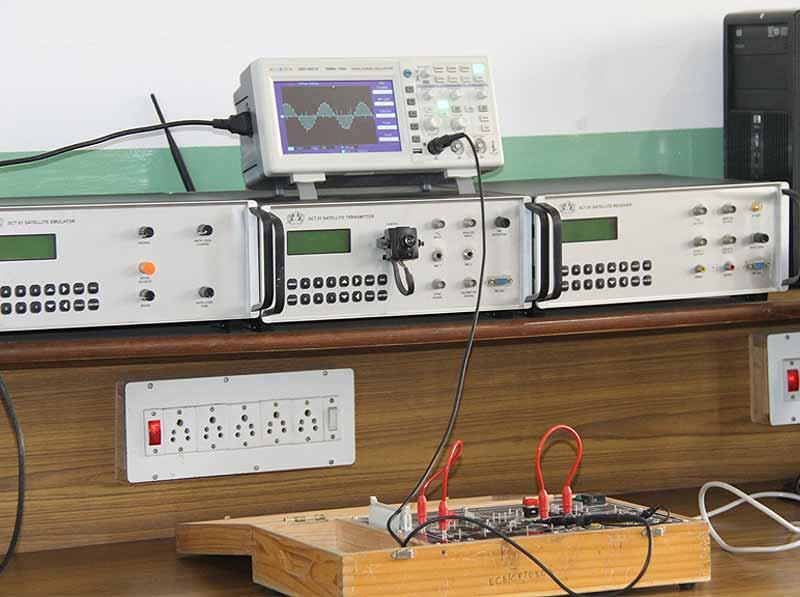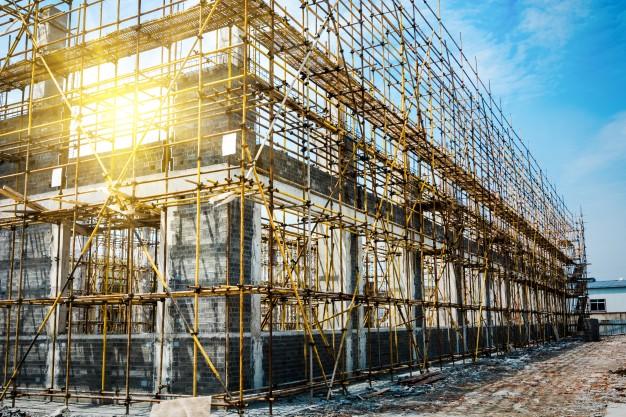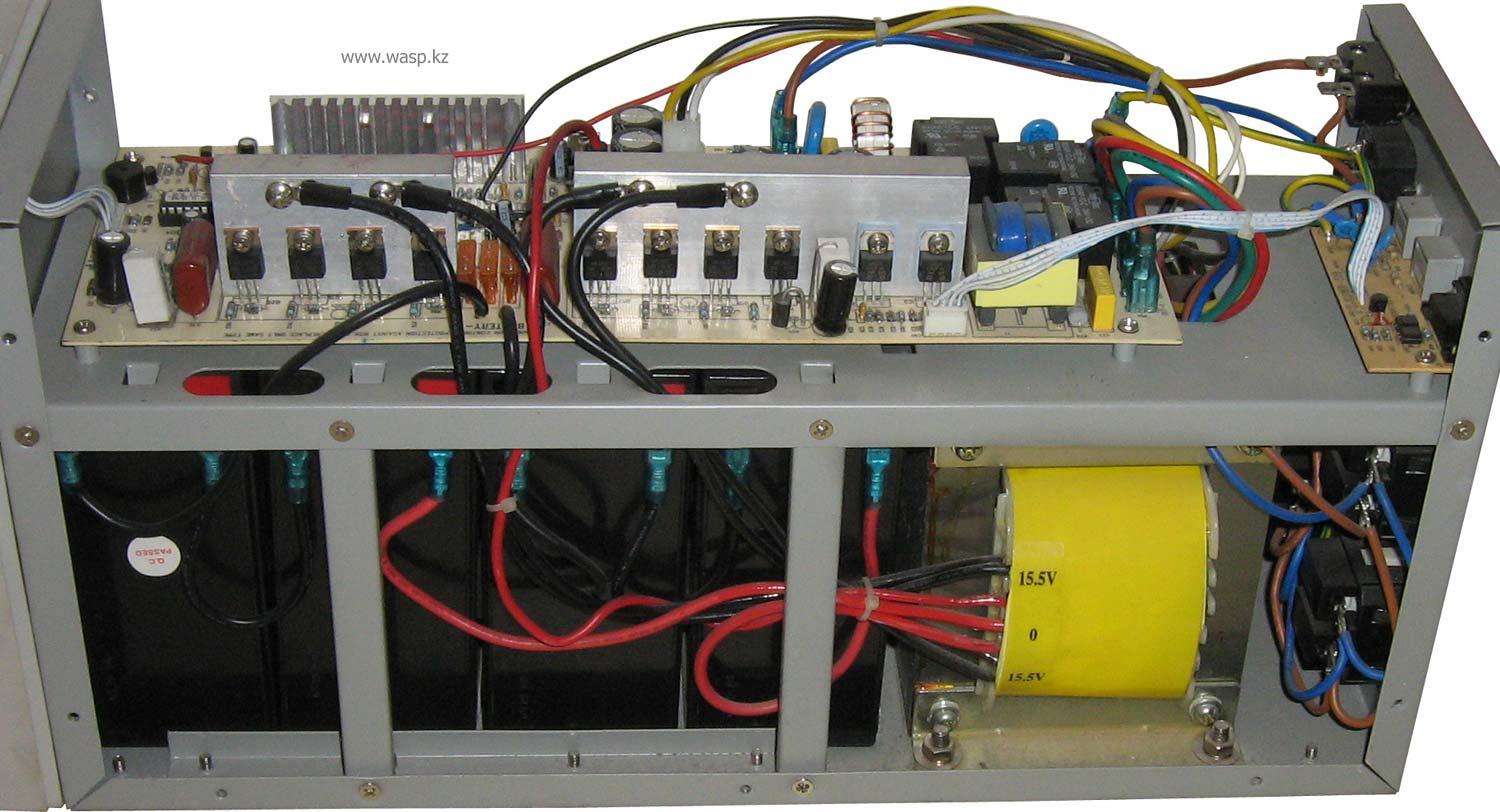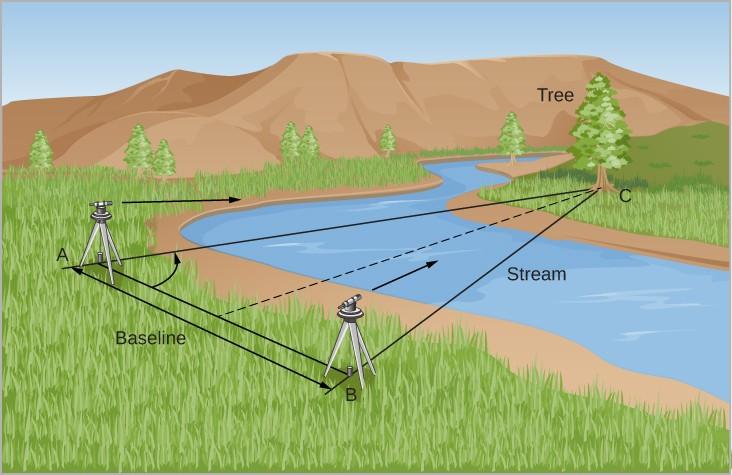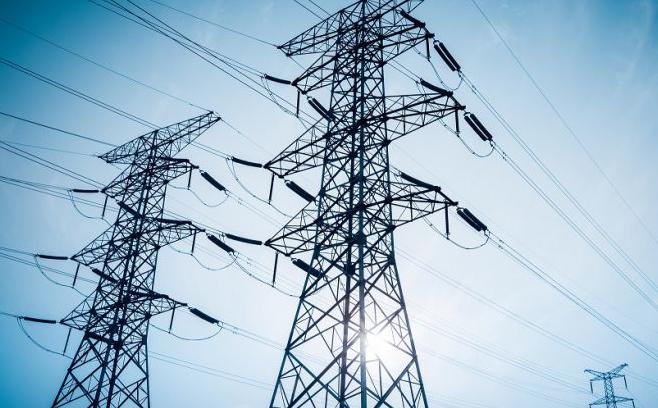Flood fill algorithm is also known as a seed fill algorithm. It determines the area which is connected to a given node in a multi-dimensional array. This algorithm works by filling or recolouring a selected area containing different colours at the inside portion and therefore the boundary of the image. It is often illustrated by a picture having a neighbourhood bordered by various distinct colour regions. To paint such regions we will replace a specific interior colour instead of discovering a boundary colour value. This is the rationale the approach is understood because of the flood-fill algorithm.
Now, there are two methods which will be used for creating endless boundary by connecting pixels – 4-connected and 8-connected approach. In the 4-connected method, the pixel can have at maximum four neighbours that are positioned at the proper, left, above and below the present pixel. On the contrary, in the 8-connected method, it can have eight, and the neighbouring positions are checked against the four diagonal pixels. So, any of the 2 methods are often wont to repaint the inside points.
Boundary-fill algorithm:
It follows an approach where the region filling begins from some extent residing inside the region and paint the inside towards the boundary. In case the boundary contains single colour the fill algorithm continues within the outward direction pixel by pixel until the boundary colour is encountered. The boundary-fill algorithm is often mainly implemented within the interactive painting packages, where the inside points are easily chosen.
The functioning of the boundary-fill starts by accepting the coordinates of an indoor point (x, y), a boundary colour and fill colour becomes the input. Beginning from the (x, y) the method checks neighbouring locations to spot whether or not they are a part of the boundary colour. If they’re not from the boundary colour, then they’re painted with the fill colour, and their adjacent pixels are tested against the condition. The process ends when all the pixels up until the boundary colour for the world are checked.
Difference Between Flood-fill and Boundary-fill Algorithm:
| FLOOD-FILL ALGORITHM | BOUNDARY-FILL ALGORITHM |
| It can process the image containing more than one boundary colours. | It can only process the image containing single boundary colour. |
| Flood-fill algorithm is comparatively slower than the Boundary-fill algorithm. | Boundary-fill algorithm is faster than the Flood-fill algorithm. |
| In Flood-fill algorithm a random colour can be used to paint the interior portion then the old one is replaced with a new one. | In Boundary-fill algorithm Interior points are painted by continuously searching for the boundary colour. |
| It requires huge amount of memory. | Memory consumption is relatively low in Boundary-fill algorithm. |
| Flood-fill algorithms are simple and efficient. | The complexity of Bounndary-fill algorithm is high. |












